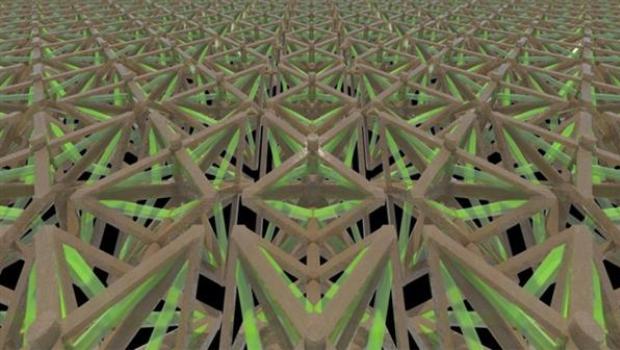Most solids expand on heating. In contrast, a 3D research group has developed a material that shrinks on heating. This lightweight 3D thermal material is composed of micro lattice structures. It can shrink over a range of temperatures in three Cartesian directions.
These materials have negative thermal expansions and can be used for vital processes. Water pipes, microchips, high-precision optical mounts, and spacecraft, this material can be used in many fields. Researchers working at the Lawrence Livermore National Laboratory (LLNL) and other U.S. universities have teamed to 3D print these lightweight metamaterials. These materials are “tuned” to shrink over a large range of temperatures. The findings of the research are published in Physical Review Letters.
The bi-material micro lattice structure is responsible for the unique property of the material. It is 3D printed from polymer and a polymer/copper composite material. The material flexes inward on heating and this causes the structure to contract when exposed to heat. This high contraction occurs in three Cartesian directions, and this 3D printed material is the first to achieve this property. The thermal expansion can also be either zero or positive if the geometry and topology of the structure are altered.
Chris Spadaccini, director of LLNL’s Center for Engineered Materials and Manufacturing said that they had used the material to construct a thermo-mechanical metamaterial that may enable bulk processes which were not achievable before. The team at MIT used the projection micro stereolithography technique to fabricate different materials. The scientists had to ensure there is no contamination between the material layers.
Qiming Wang, the research paper’s lead author, said that the microstructured 3D printed metamaterial could be used in dentistry. They could also be used in bridges or buildings where gaps are left open for thermal expansion, or in devices such as atomic-force microscopes. The next stage of the project is to devise zero thermal expansion materials.
